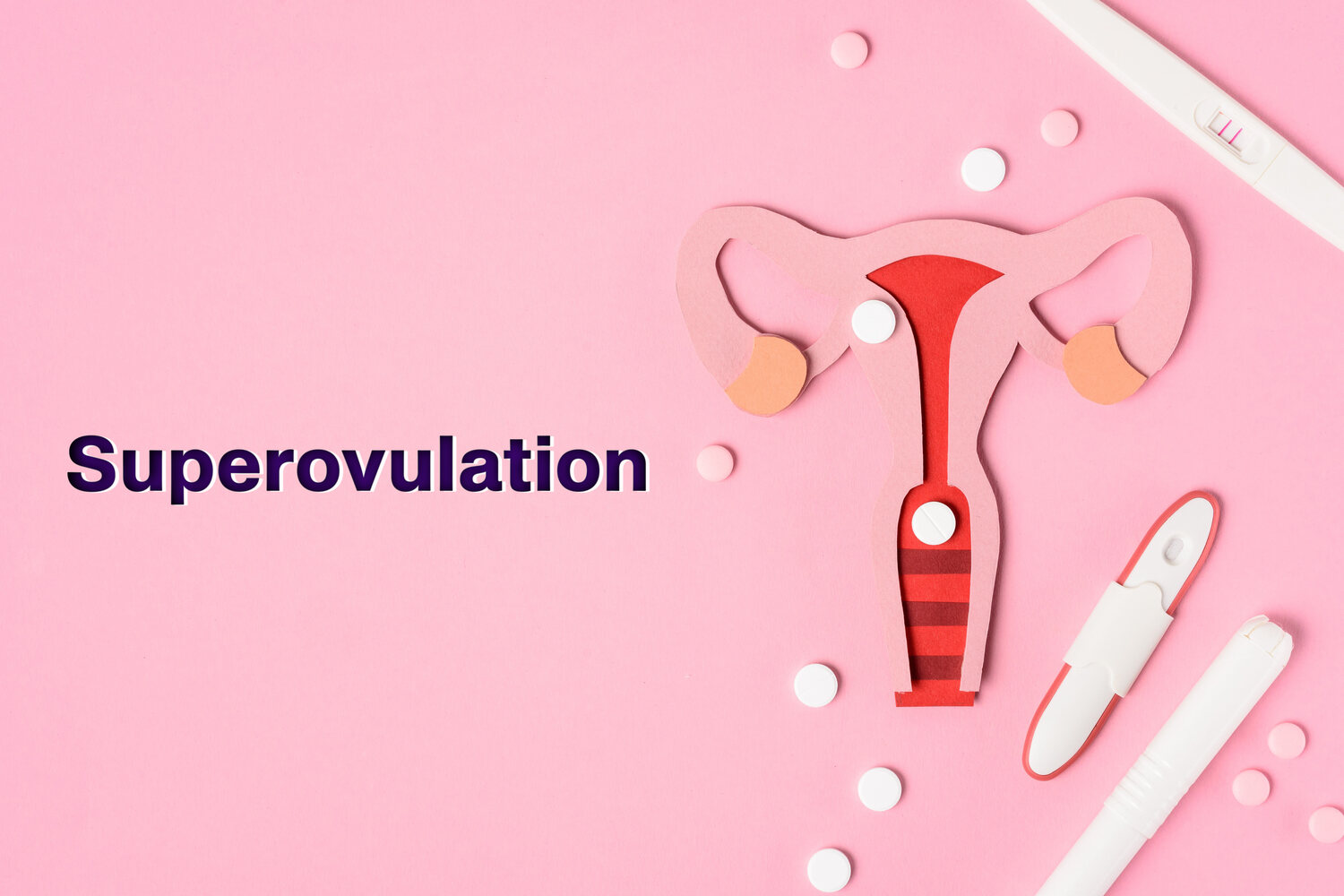
The causes of infertility are many, the most common among them being ovulatory disorders. Assisted reproductive technologies are a mainstream approach to resolving infertility issues in most such cases. Superovulation is an integral part of this process and is the first line of treatment for infertility in many women as the correction should start with proper ovulation.
The protocol for this process changes as per the age, condition, and treatment option (IVF, IUI, mini IVF) that a woman is undergoing. Superovulation is different from ovulation induction where the goal is to release one egg per month. Many studies suggest that superovulation can improve success rates in pregnancy. This process also may have potential risks and side effects. Let us know more about superovulation.
In This Article
- What is Superovulation?
- Who Can Be Eligible For Superovulation?
- Process of Superovulation
- How Many Eggs Are Needed For Optimal Results?
- Risk Factors For Superovulation
- Side Effects of Superovulation
- Success Rates of Superovulation
- FAQ’s
What is Superovulation?
The ability to induce the development of multiple eggs for pregnancy in women who approach assisted reproductive technology like IVF and IUI etc. Generally, during the process of ovulation, either of the ovaries produces only one egg in women. Superovulation involves the administration of medications to induce multiple ovulations. In other words, this process produces more than one egg for the purpose of fertility treatments such as In Vitro Fertilization and IntraUterine insemination. (1)
Who Can Be Eligible For Superovulation?
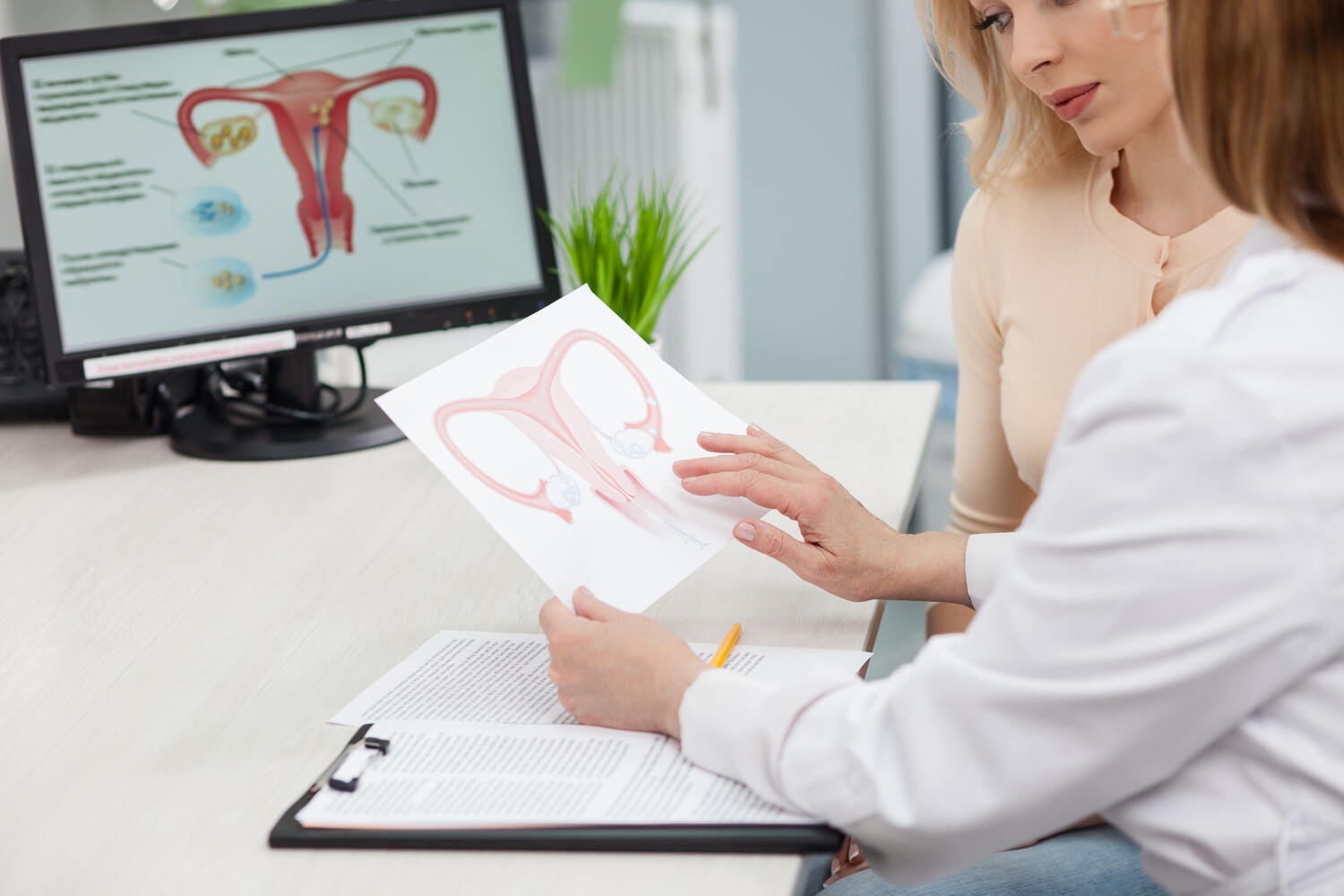
Women with a healthy ovulation cycle where ovaries are releasing the egg but are finding it difficult to conceive may need superovulation to increase the chance of pregnancy. Doctors will recommend taking up this process after a thorough evaluation of the couple and the underlying infertility causes.
This process is normally recommended for cases such as
- Women with mild to moderate PCOS.
- Women undergoing fertility treatments such as IUI or IVF requiring multiple egg retrieval (2)
- Infertility issues where women have no block in fallopian tubules and spouses have sufficient sperm count for better pregnancy outcomes.
- Infertility cases where women are already on fertility medication for ovulation but still can’t improve egg release.
Process of Superovulation
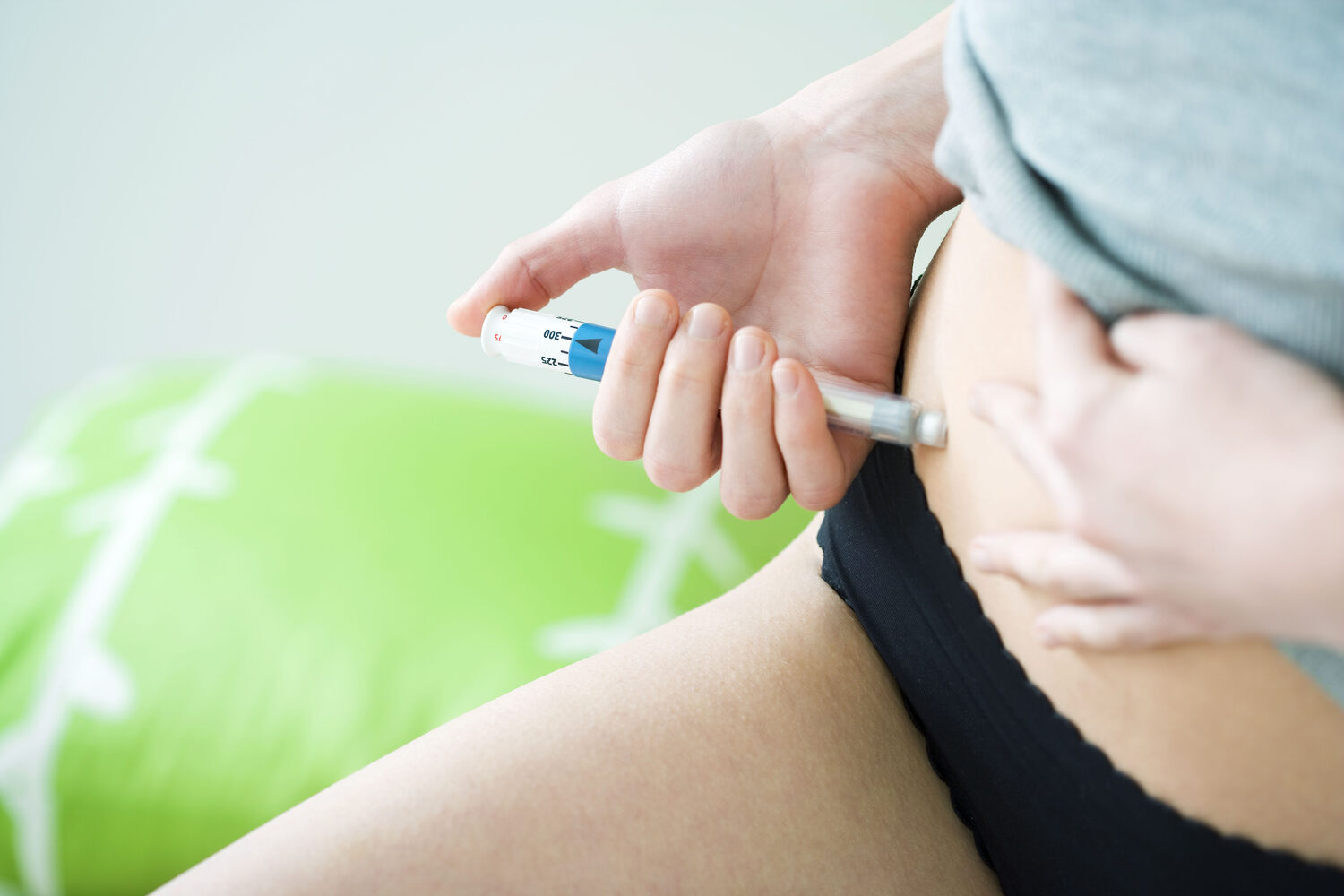
The process of superovulation is as follows.
- Your fertility specialist will prescribe ovulatory stimulant medications to encourage the release of more eggs in the ovary. This is a cost-effective process and is a mild form of superovulation.
- You must start taking these medications from the 3rd or 5th day of your menstrual cycle till day 7 or 9 usually as per your doctor’s advice.
- You will need to undergo ultrasound examinations around your time for ovulation. Your Doctor will give you the dates to check for.
- If the doctor is not satisfied with the process and the number of follicles, they may change the medications and put you on extra medications or supplements.
- You may also need to take gonadotropin injections – medicines to initiate ovulation and maturation of eggs.
- You may need to take medications for three days and get an ultrasound with required blood tests.
- Depending upon your blood reports, size, and the number of follicles, your doctor may ask you to come for the next 1-3 days for further monitoring.
- Once the desired number of eggs mature, you will be given an HCG injection for the release of eggs.
- After that, your consulting physician will have options for your possible required treatment. The options include timed intercourse, IUI, and IVF.
- Your doctor will suggest specific days to have intercourse with your spouse while on fertility medication. A follow-up scan helps check for the rupture in ovaries indicating the release of eggs.
- For women undergoing IUI, the doctor will do artificial insemination and also suggest timed intercourse to increase the chances of success rate.
- The doctor may recommend subsequent ultrasounds and tests are done to check for the progress.
- For women undergoing IVF your consulting physician may retrieve eggs on specific dates suggested and proceed with the further process of IVF along with collection of sperm from your spouse.
If the current cycle remains unsuccessful for pregnancy results, the doctor may do another treatment cycle with superovulation after reviewing the current protocol and making any changes if needed.
The process of Superovulation can be continued only for six menstrual cycles. If no successful pregnancy is achieved your doctor may suggest other required treatment options.
How Many Eggs Are Needed For Optimal Results?
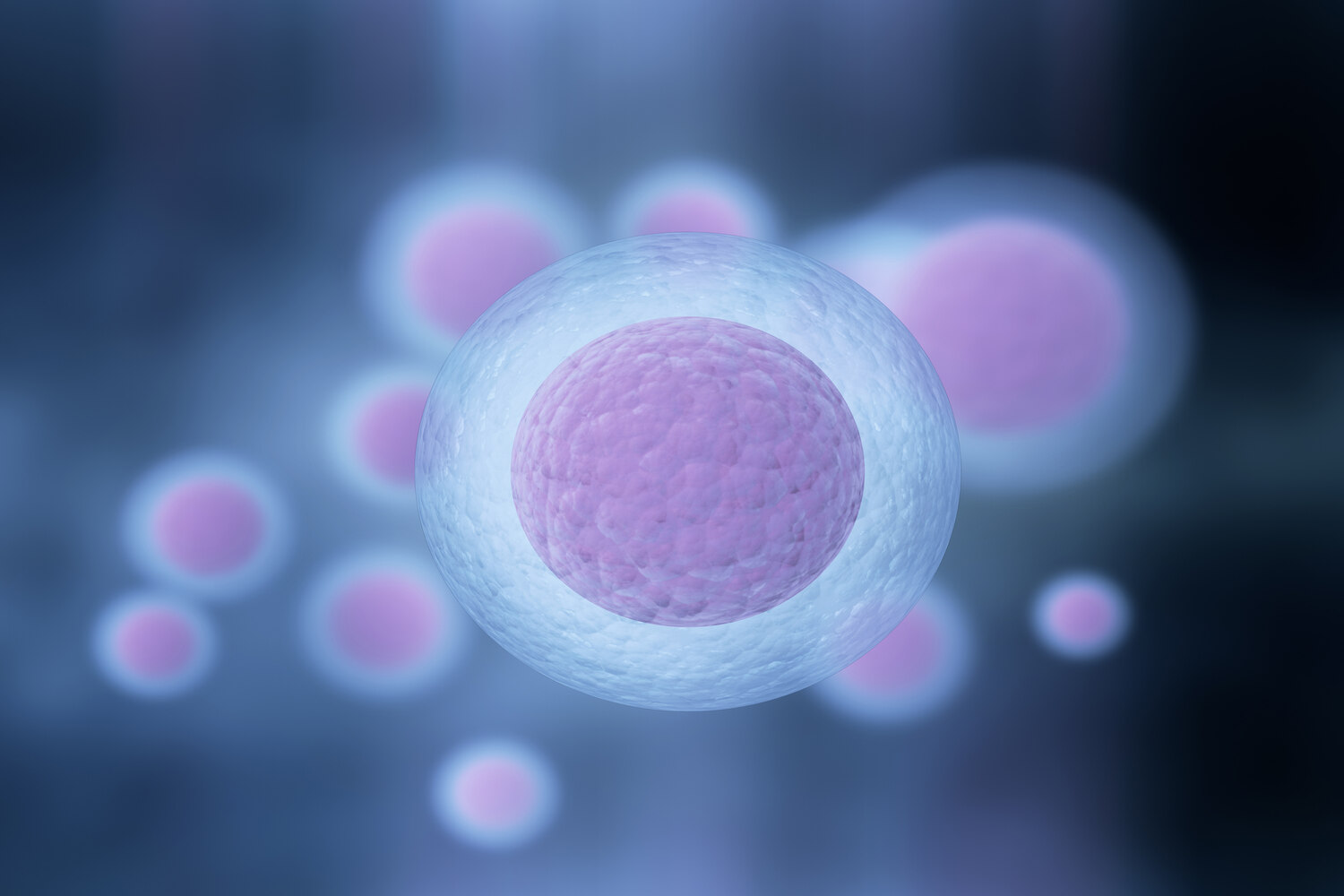
The optimal number of eggs depends on the treatment you are undergoing. The treating fertility specialist will decide the count of eggs and plan the treatment protocol accordingly.
For the best pregnancy results, the ovary must produce at least 10 to 12 eggs (3). Out of all the follicles that form during a superovulation cycle, only a few will have eggs, out of which only a few eggs will mature and release. Out of these, only a few undergo fertilization and can grow into a fetus.
So approximately out of 10-12 eggs, only one to two eggs may reach the fertilization stage.
In cases where only 4-5 follicles develop, your fertility specialist may take a call to cancel the IVF process and try again in your next cycle to retrieve eggs. Between 10-12 eggs is generally a good number to improve the chances of getting pregnant.
If a woman produces too many eggs and more than 15 follicles, your doctor may also cancel your cycle due to the risk of hyperstimulation of ovaries (4).
In some cases, your doctors may suggest freezing your healthy embryos and transferring them when your ovaries are healthy again from hyperstimulation. It all depends on your doctor’s opinion about your health.
While having 4-5 eggs is not a good count for conventional IVF, it is indeed ideal for women undergoing mini-IVF.
The required egg count for IUI is only one to two eggs in case of IUI treatment. In the case of IUI, no more than 4 follicles are best, otherwise, you may end up with multiple pregnancies.
For women having mild to moderate PCOS, who are under the age of 35 years with good ovarian reserve and adequate sperm count, doctors suggest proceeding with timed intercourse and the transfer of 1-2 embryos. (5)
Risk Factors For Superovulation
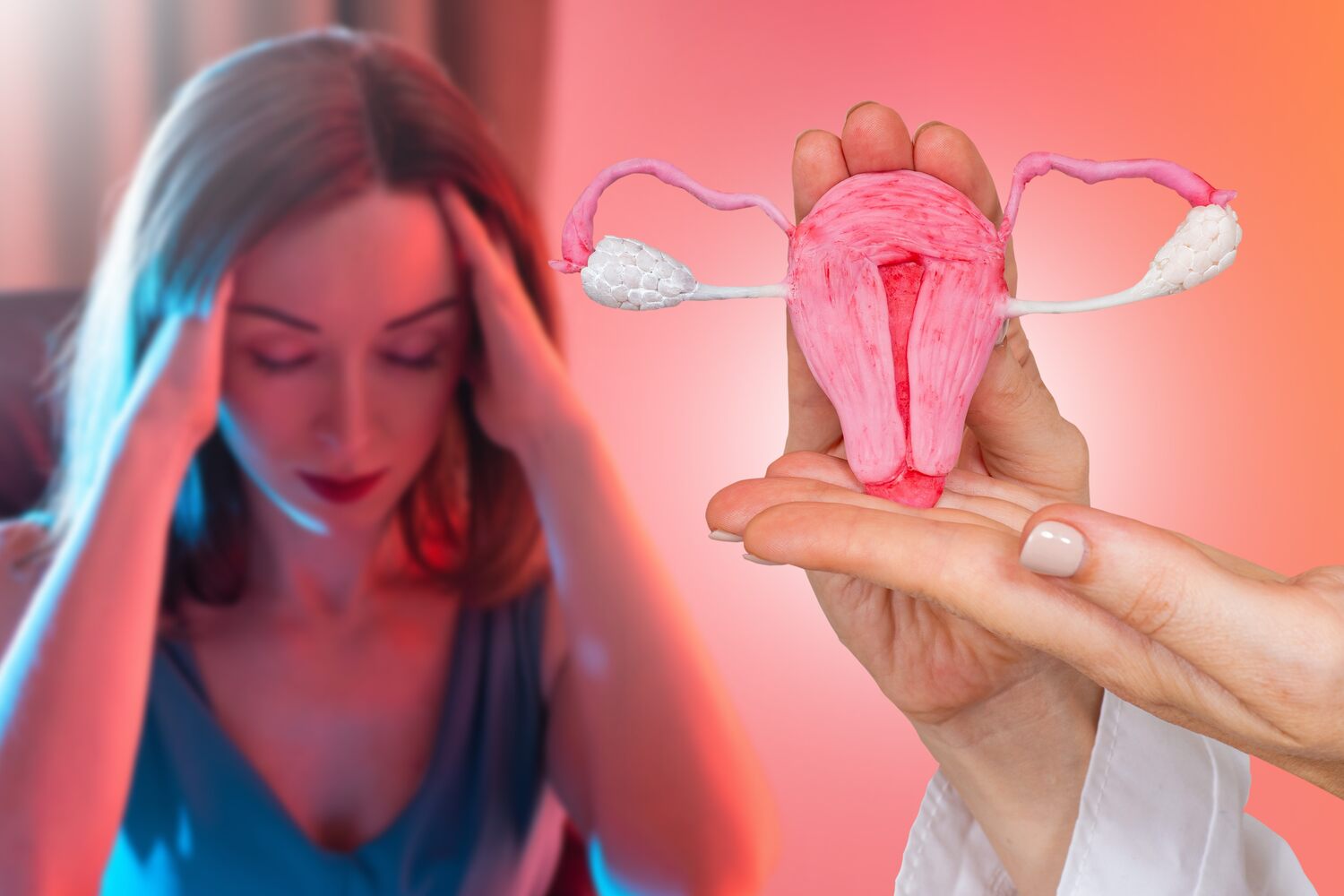
The superovulation process is one of the significant methods to improve fertility rates and pregnancy outcomes. Still, this procedure may cause certain complications that may need medical observation and attention with follow-up treatment. The following are the complications that can result from Superovulation (6).
1. Risk of Overstimulation
Overstimulation of ovaries can at times lead to complications such as Ovarian Hyperstimulation syndrome (OHSS) and adnexal torsion.
a. Ovarian Hyperstimulation syndrome or OHSS
OHSS (7) is a syndrome resulting from enlargement of ovaries with a lot of fluid buildup. This can lead to the release of unwanted fluid release from the blood vessels of the ovaries into the surrounding uterus and other parts.
OHSS can be divided into mild, moderate, and severe categories.
- The symptoms of mild OHSS include abdominal bloating, discomfort, Ovarian enlargement up to 5cm-12cm., vomiting diarrhea
- Moderate OHSS shows symptoms of mild OHSS and fluid-filled sacs of ovaries in ultrasound
- Severe OHSS has all symptoms of mild, and moderate categories along with breathing difficulties, low blood pressure, low blood volume, impaired renal function, and impaired blood coagulation leading to thromboembolism.
Factors that contribute to OHSS are young age, PCOS, high response to gonadotropins, High doses of medication, and previous OHSS.
The treatment depends on the severity of OHSS. Treatment varies from cancellation of the cycle to changing or altering of doses to reduce overstimulation. Some rare cases may require a surgical process to resolve the issues.
b. Adnexal Torsion
Enlargement of ovaries associated with mild abdominal pain is often seen in women undergoing superovulation, but adnexal torsion which is the twisting of ovaries is a rare complication.
Symptoms include abdominal discomfort, enlargement of ovaries, progressive leukocytosis (increase in white blood cells) and anemia. Immediate surgical intervention may help to untwist the ovaries. Most of the women have no postoperative complications and may have healthy functional ovaries if diagnosed early (8).
2. Early Pregnancy Complications
The major complications of superovulation include
- Multiple gestations or conceiving twins
- Ectopic pregnancy where the embryo attaches outside the uterus or womb,
- Heterotopic pregnancy where the fetus is formed outside the uterus and inside the uterus.
The reason behind these complications is the release of more eggs due to the medications and tubal defects that can lead to the formation of the fetus outside the womb or uterus. All these conditions require prompt medical attention and treatments.
3. Complications From Egg retrieval
These complications that may arise while retrieving eggs include infection, bleeding, minor bowel injuries, and anesthesia complications like nausea and vomiting. These are quite common and can be effectively treated.
Side Effects of Superovulation
Medications used in the process of superovulation may have few side effects(9). Some of the common side effects include
- Mood swings due to hormonal fluctuations
- Headache
- Hot flashes
- Nausea And vomiting
- blurred vision
- Muscle or joint pains
- Weight gain
- Dryness in vagina
- Acne
- Bloating of stomach
- Low sex drive
- shortness of breath
- Pain or swelling at the site of injection
Success Rates of Superovulation
Superovulation is the first-line treatment of choice for increasing fertility rates by many doctors. The effectiveness of assisted conception procedures is influenced by factors such as the age of the female partner and the underlying cause and duration of infertility (10).
There is limited research indicating that women under the age of 38, particularly those with ovulation disorders and unexplained infertility, have the highest likelihood of achieving pregnancy when using a combination of superovulation and IUI techniques. (11)
The challenge always lies with the treatment of women with age above 40 or women having premature ovarian failure where the ovaries don’t work. In these cases choosing a donor egg and proceeding for IVF will be a suitable option.
But before proceeding to all this few tests can be done to evaluate how well a woman’s ovaries can respond to IVF drugs. Tests like Ovarian Reserve Testing (12) and clomid challenge test (CCT) can predict the success of Superovulation as these are the tests that can evaluate the functionality of the ovaries and response of the ovaries to IVF medicines which in turn give assurance to doctors and patients as well to undergo the procedure or not.
Assisted Reproductive Technologies (ART) for infertility treatment are on the rise. The success of ARTs like IVF, IUI, and mini IVF highly depends on the production of eggs and their retrieval. Many studies suggest that superovulation improves egg production and maturation by using different fertility drugs. It can help in reducing the number of IVF cycles and its cost. The success rate increases in conjunction with IUI treatment. Drug-induced ovulation as a process of superovulation and timed intercourse suggested by doctors in unexplained infertility also helps many women to increase their chances of pregnancy with low-cost and minimally invasive procedures.
FAQ’s
1. Which Hormone is Involved in Superovulation?
The most commonly used hormone in superovulation is Gonadotropins. Gonadotropins include Human Chorionic Gonadotropin- HCG, Human Menopausal Gonadotropin-HMG, Follicle stimulating hormone- FSH and luteinizing hormone-LH
2. What is The Role of HCG in Superovulation?
The role of HCG in superovulation is to trigger the process of ovulation. It causes the egg to mature and release.
3. What is The Role of FSH in Superovulation?
The role of FSH in superovulation is to induce a higher number of follicles to grow and ovulate thereby helping in releasing more eggs.
References
- Frontiers | Superovulation Does Not Alter Calcium Oscillations Following Fertilization – [https://www.frontiersin.org/articles/10.3389/fcell.2021.762057/full]
- Efficacy of Superovulation and Intrauterine Insemination in the Treatment of Infertility – [https://www.nejm.org/doi/full/10.1056/nejm199901213400302]
- What is the optimal number of eggs at oocyte retrieval? – Fertility and Sterility – [https://www.fertstert.org/article/S0015-0282(13)01881-5/fulltext]
- What is the best predictor of severe ovarian hyperstimulation syndrome in IVF? A cohort study – PMC – [https://www.ncbi.nlm.nih.gov/pmc/articles/PMC5633577/]
- Optimum oocyte retrieved and transfer strategy in young women with normal ovarian reserve undergoing a long treatment protocol: a retrospective cohort study | Journal of Assisted Reproduction and Genetics – [https://link.springer.com/article/10.1007/s10815-015-0571-6]
- Thieme E-Journals – Seminars in Reproductive Medicine / Abstract – [https://www.thieme-connect.com/products/ejournals/abstract/10.1055/s-0032-1307415]
- Ovarian hyperstimulation syndrome – PMC – [https://www.ncbi.nlm.nih.gov/pmc/articles/PMC3205536/]
- Adnexal torsion of hyperstimulated ovaries in pregnancies after gonadotropin therapy – ScienceDirect – [https://www.sciencedirect.com/science/article/pii/S0015028216532191]
- Ovulation Induction for the General Gynecologist – PMC – [https://www.ncbi.nlm.nih.gov/pmc/articles/PMC6046677/]
- History and challenges surrounding ovarian stimulation in the treatment of infertility – Fertility and Sterility – [https://www.fertstert.org/article/S0015-0282(12)00264-6/fulltext]
- Younger Women with Ovulation Disorders and Unexplained Infertility Predict a Higher Success Rate in Superovulation (SO) Intrauterine Insemination (IUI) – [https://annals.edu.sg/pdf/43VolNo4Apr2014/V43N4p225.pdf]
- Ovarian reserve tests – PubMed – [https://pubmed.ncbi.nlm.nih.gov/22346076/]
